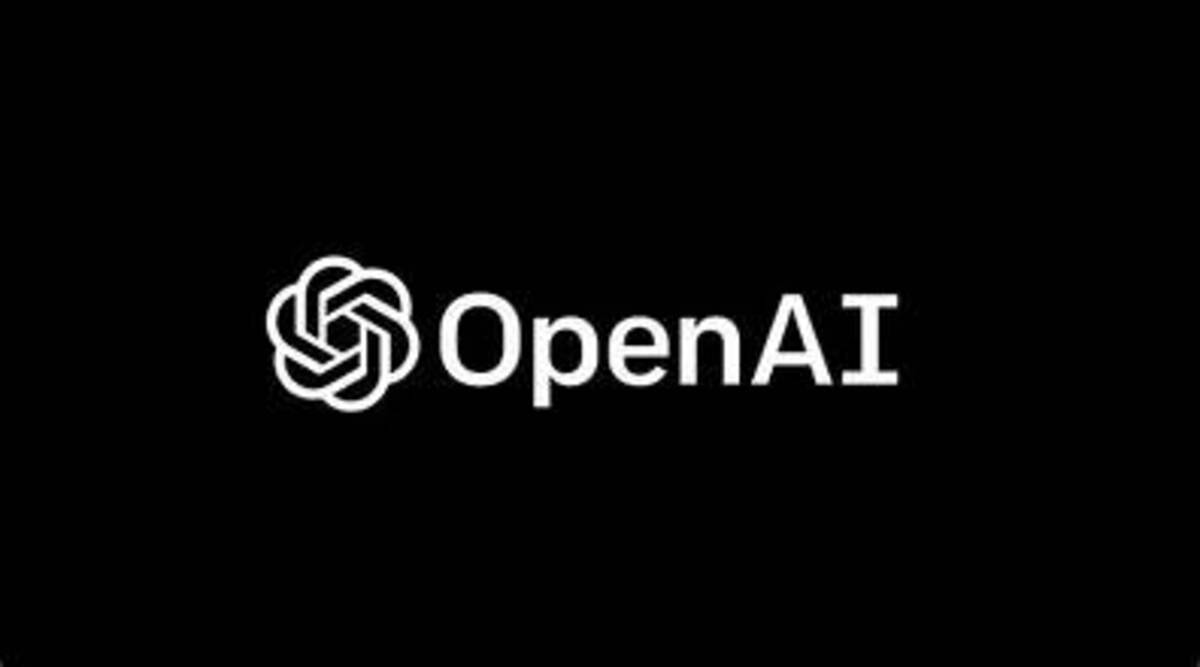Key insights:
- Sora from OpenAI enables the creation of videos up to one minute long, featuring intricate scenes and dynamic characters, all from text.
- Unlike its predecessors, Sora excels in generating videos with precise details in backgrounds and character emotions, setting a new standard in AI video generation.
- OpenAI’s Sora faces challenges in simulating complex physics accurately, indicating room for improvement in future versions.
OpenAI has recently announced the launch of Sora, its new video-generation model designed to bring written prompts to life through high-quality videos. According to the AI giant, Sora has the capability to craft “realistic and imaginative scenes” based on the textual descriptions provided by users. This model is a leap forward in AI, enabling the creation of videos up to a minute long that feature intricate scenes with multiple characters, specific types of motion, and a high level of detail in both subjects and backgrounds.
Introducing Sora, our text-to-video model.
Sora can create videos of up to 60 seconds featuring highly detailed scenes, complex camera motion, and multiple characters with vibrant emotions. https://t.co/7j2JN27M3W
Prompt: “Beautiful, snowy… pic.twitter.com/ruTEWn87vf
— OpenAI (@OpenAI) February 15, 2024
Moreover, Sora demonstrates an advanced understanding of how objects interact in the physical world. It can generate compelling characters that showcase a range of emotions, adding depth to the generated scenes. Despite its impressive capabilities, OpenAI acknowledges that Sora may face difficulties accurately simulating complex physical interactions. This shortcoming was evident in some of the model’s demonstration videos, where elements like the movement of floors in a museum scene didn’t fully align with real-world physics.
Additionally, OpenAI has positioned Sora in a competitive landscape with significant contributions from other companies. For instance, Runway and Pika have also introduced remarkable text-to-video models, and Google’s Lumiere is seen as a direct competitor. Like Sora, Lumiere offers innovative solutions for video creation from textual or still image inputs, pushing the boundaries of what’s possible in video generation technology.
Currently, access to Sora is limited to a select group of individuals, including “red teamers, ” evaluating the model for potential risks and harms. OpenAI also collaborates with visual artists, designers, and filmmakers to gather feedback and refine the model. This approach indicates a careful consideration of the ethical and practical implications of AI-generated content, especially concerning concerns around the authenticity of photorealistic videos.
As OpenAI continues to navigate the complexities of AI development, it remains committed to addressing potential issues proactively. The introduction of watermarks in its DALL-E 3 text-to-image tool is a recent example of efforts to mitigate misuse despite challenges like the ease of watermark removal. With Sora, OpenAI steps into a new realm of content creation, promising exciting possibilities while acknowledging the hurdles in the path to fully realistic AI-generated videos.

